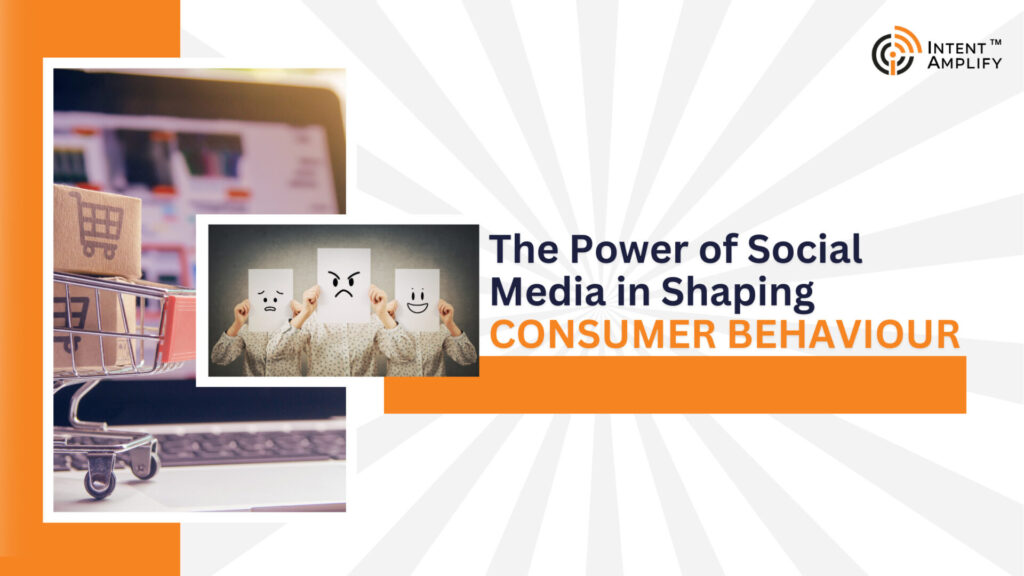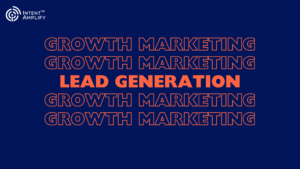
The Power of Social Media in Shaping Consumer Behaviour
Social media has transformed the way we communicate, connect, and ultimately, make purchasing decisions. With an expansive reach that spans billions of users worldwide, social platforms have become integral spaces where consumers not only interact but also discover, evaluate, and engage with brands. In this article, we’ll delve into the substantial role social media plays in shaping consumer behaviour and its profound impact on businesses.
Influence of Peer Recommendations
Social media platforms serve as dynamic spaces where users freely articulate opinions, exchange recommendations, and recount their encounters with diverse products and services. These peer-driven narratives hold substantial sway over consumers’ decision-making mechanisms, profoundly influencing their behaviour in the marketplace.
- Positive Reviews from Friends: Endorsements and positive feedback from friends and acquaintances on social media platforms significantly shape Consumer behaviour and preferences. Recommendations from personal connections carry weight due to trust and familiarity.
- Influencer Endorsements: Influencers, with their substantial followings, wield considerable influence over their audiences. Their endorsements and reviews of products and services on social media platforms often sway Consumer behaviour, acting as a form of trusted recommendation.
- Online Community Feedback: Discussions and feedback within online communities or forums create a collective pool of insights. Consumers rely on these discussions to gain a broader perspective and make informed choices about brands and offerings.
These varied forms of peer recommendations—be it from personal connections, influential figures, or online communities—hold immense power in guiding consumer behaviour, shaping perceptions, and ultimately influencing brand preferences in the digital marketplace.
Visual Impact and Product Discovery
Social media platforms, particularly Instagram and Pinterest, wield immense influence in shaping consumer behaviour through their visual-centric approach. These platforms serve as dynamic spaces where captivating imagery, engaging videos, and targeted advertisements converge to create a visually compelling landscape for consumer behaviours. The impact of this visual allure is profound, triggering curiosity and prompting users to explore brands in-depth, often leading to the conversion of interest into tangible purchases.
Key Elements:
- Captivating Imagery: Instagram and Pinterest leverage high-quality visuals to showcase products and services, capturing the attention of users scrolling through their feeds.
- Engaging Videos: The integration of videos provides a dynamic way for brands to showcase their offerings, allowing consumers to experience products in action and fostering a deeper connection.
- Targeted Advertisements: Ad campaigns on these platforms are tailored to user preferences, ensuring that consumers are exposed to products and services that align with their interests and needs.
- Product Showcase: Brands utilize these platforms as virtual storefronts, presenting a curated selection of offerings in a visually appealing manner, enhancing the overall consumer experience.
In this visually stimulating environment, Instagram and Pinterest significantly contribute to the journey of product discovery, making them integral components of modern consumer behaviour and reshaping the way brands connect with their audiences.
Engagement and Brand Loyalty
Social media platforms serve as dynamic arenas for direct engagement between brands and consumers, acting as catalysts for relationship-building and the establishment of brand loyalty. Effective strategies in this realm are pivotal for creating meaningful connections with the target audience:
- Consistent Delivery of Valuable Content: Providing regular, high-quality content establishes a brand as a valuable source of information, entertainment, or inspiration, enhancing consumer trust and loyalty.
- Prompt Responses to Comments and Messages: Timely interaction with audience comments and messages demonstrates attentiveness and fosters a sense of community. It signifies that the brand values and acknowledges its audience, strengthening the bond between consumers and the brand.
- Orchestrating Interactive Campaigns: Dynamic and engaging campaigns, whether through polls, contests, or interactive content, invite active participation. This involvement not only enhances brand visibility but also deepens the connection consumers feel with the brand.
Through these proactive measures, brands can cultivate more than just customers; they can build a loyal base of advocates who passionately endorse and support their products or services. The power of engagement on social media extends beyond mere transactions, transforming casual consumers into committed brand enthusiasts.
Social Proof and FOMO
The perpetually flowing stream of content across social media platforms cultivates a powerful sense of social proof and triggers the ever-dreaded Fear of Missing Out (FOMO) among users. Observing peers sharing positive encounters, participating in events, or making purchases markedly sways consumer behaviour, compelling individuals to interact with brands or seize time-sensitive opportunities. Brands adeptly leverage this psychological phenomenon by strategically integrating elements of exclusivity or urgency into their social media marketing endeavors.
Within this dynamic landscape, the mere act of witnessing others engaging positively with brands or partaking in exclusive events amplifies the desire within consumers to emulate those experiences. This emulation, fueled by the fear of missing out on what appears to be rewarding or limited, prompts swift consumer actions, driving engagement and conversions. Brands proficient in harnessing this facet of human psychology skillfully craft campaigns that foster a sense of urgency, exclusivity, or scarcity, enticing audiences to act promptly, thus capitalizing on the potent influence of social proof and the pervasive FOMO mentality.
User-Generated Content (UGC) and Authenticity
User-generated content (UGC) stands as a formidable force in the realm of social media marketing. Consumers are naturally inclined towards content created by their peers, viewing it as an authentic representation of genuine experiences. This inclination significantly contributes to the authenticity embedded in brand messaging, creating a profound impact on consumer trust and loyalty.
Brands employ various strategies to leverage the power of UGC:
- Contests: By organizing contests, brands encourage users to share their experiences and creativity, fostering a dynamic flow of UGC that resonates with authenticity.
- Hashtags: Establishing dedicated hashtags enables brands to curate and collect user-generated content easily. It also facilitates community building around a shared narrative.
- Customer Testimonials: Highlighting customer testimonials, whether through written reviews or visual content, serves as a powerful form of UGC. It not only amplifies positive experiences but also adds a human touch to brand communication.
This strategic integration of user-generated content not only nurtures a sense of community within the brand’s audience but also acts as a robust mechanism for fortifying trust. As consumers witness real people sharing their positive interactions, the brand narrative becomes more relatable, transparent, and, ultimately, trustworthy.
Conclusion
Social media platforms have evolved into instrumental forces moulding consumer behaviour, steering purchasing decisions, and fostering brand engagement. Businesses cognizant of and adept at leveraging the power of social media can seamlessly connect with their target audience, cultivate brand loyalty, and drive conversions. By embracing strategic social media marketing approaches, businesses harness the influential prowess of these platforms, effectively navigating an ever-evolving digital landscape.




